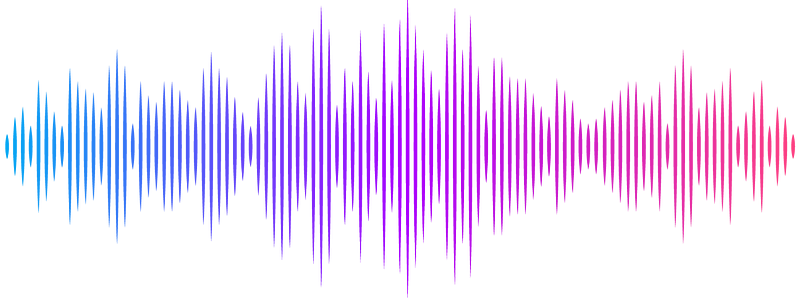hURAT1 Transgenic Mouse Model for Evaluating Targeted Urate-Lowering Agents

hURAT1 Transgenic Mouse Model for Evaluating Targeted Urate-Lowering Agents
De, G.; Cai, W.; Yang, M.; Zhao, Q.; Yi, G.; Lin, P.; Chen, A.
AbstractObjective: Urate transporter 1 (URAT1), a well-established urate-lowering therapeutic target for hyperuricemia and gout treatment, expresses in the kidney proximal tubule and is responsible for uric acid (UA) reabsorption. However, non-primate animal models currently used in pharmacological studies failed to evaluate URAT1 inhibitor\'s effectiveness because their URAT1 has a very low UA affinity compared to human URAT1, resulting in a lag in targeting drug screening and novel therapy development for gout treatment. We established a human URAT1 (hURAT1) transgenic knock-in (KI) mouse model to assess uricosuric agents\' effectiveness and characterize URAT1-caused pathogenesis. Methods: We generated hURAT1 transgenic mice using CRISPR/Cas9 knock-in technique. mUrat1 knockout was achieved by replacing exon 1 coding sequence with a human SLC22A12 CDS-pA cassette. Based on the above transgenic mice, a hyperuricemia model was further established by hypoxanthine administration. Results: The hURAT1-KI mice successfully expressed hURAT1 protein to the apical side of the kidney proximal tubule epithelium, where a native human URAT1 kidney localization in human body. Upon hypoxanthine challenge, the blood UA level was elevated in hURAT1-KI mice, exhibiting an approximately 37% increase compared to wild-type (WT) mice. The elevated blood UA level could be alleviated by hURAT1 inhibitor benzbromarone treatment in the hURAT1-KI mice whereas no response was observed in WT littermates. Therefore, hURAT1 transgenic mice responded well to inhibitors and can be used to evaluate the therapeutic effects. Conclusion: The hURAT1-KI hyperuricaemia mouse model would be valuable for preclinical evaluation of urate-lowering agents toward gout treatment and studying UA metabolic complexities in humans.